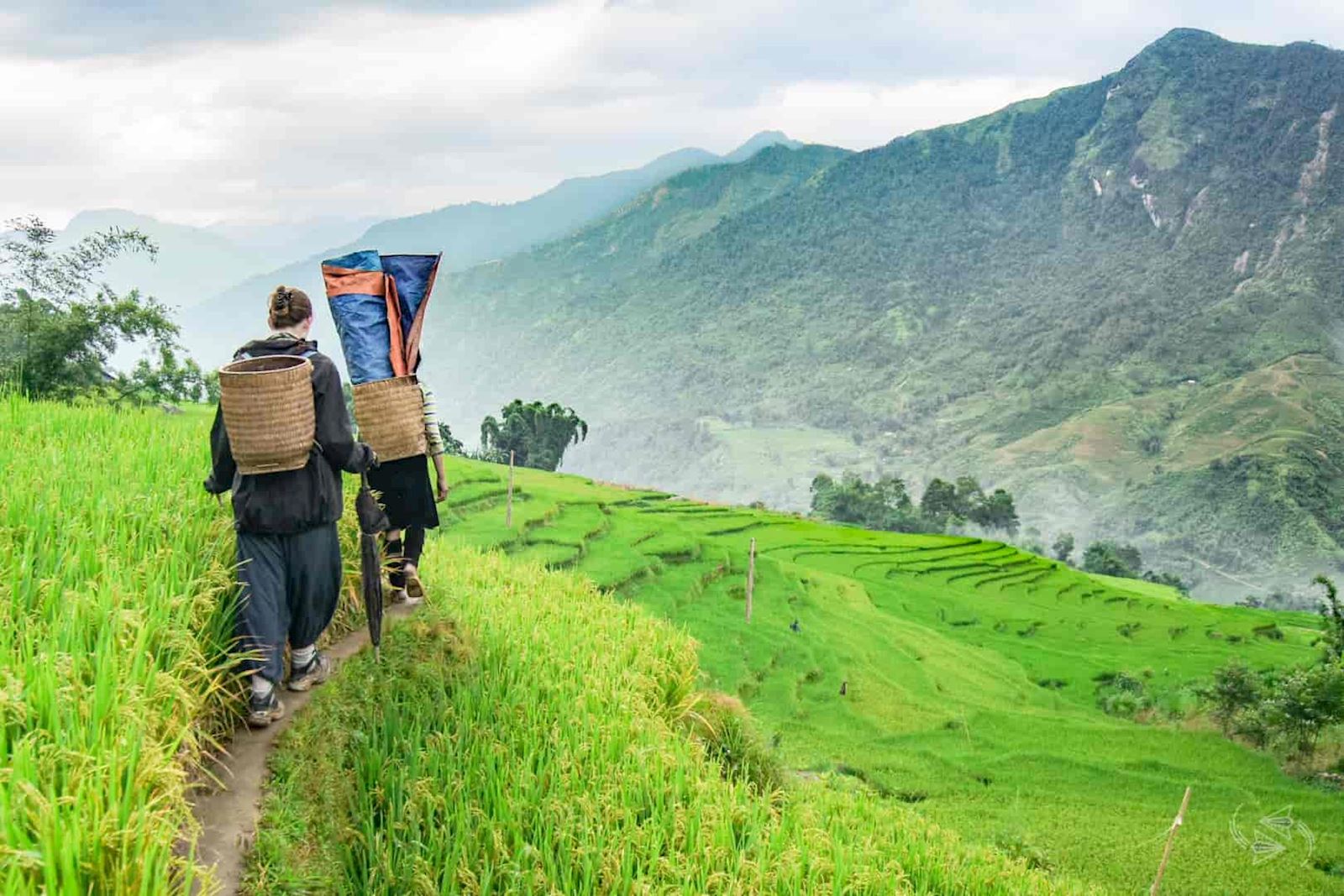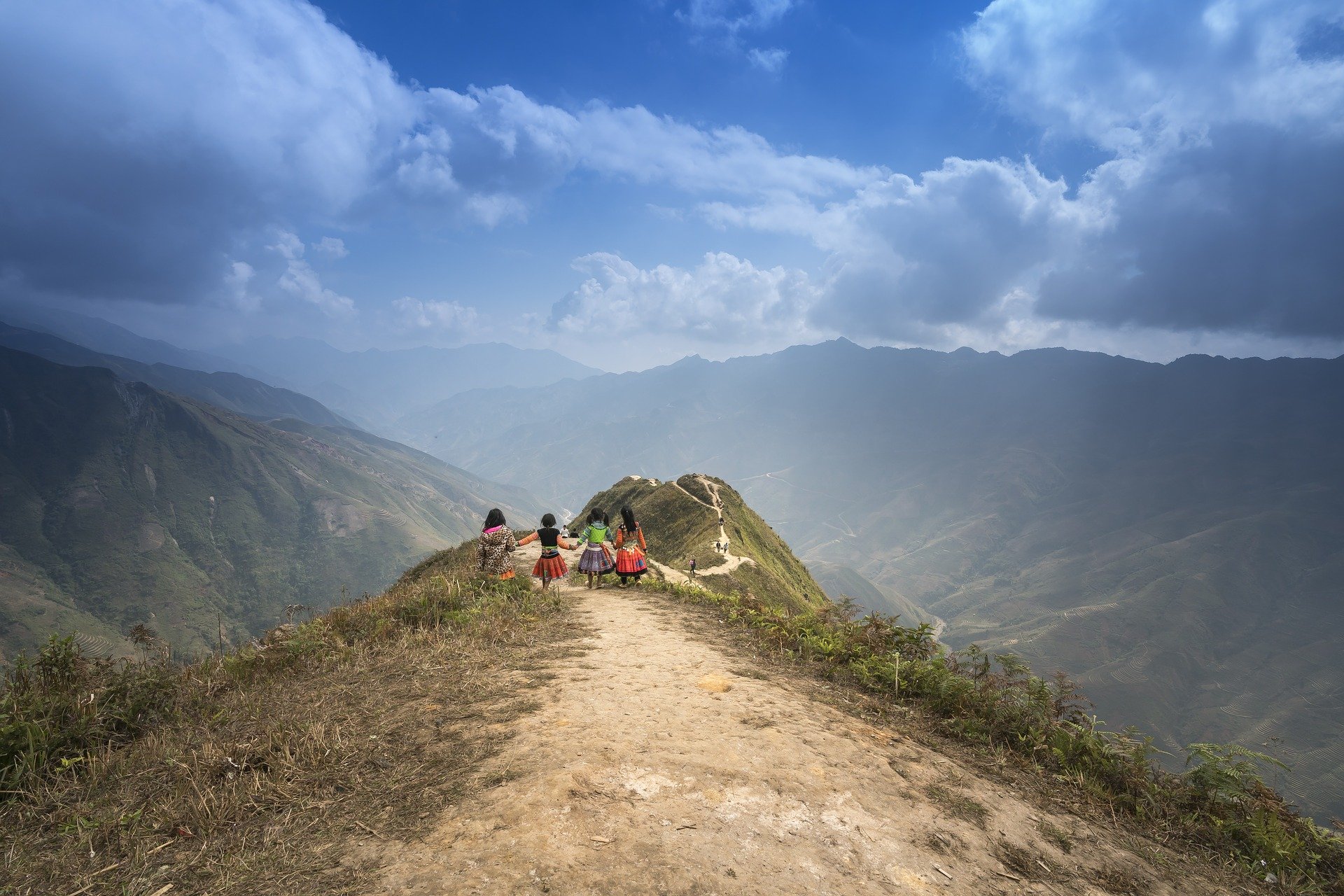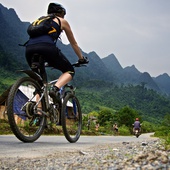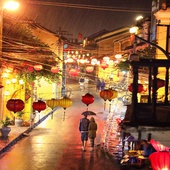Trekking In Vietnam - A First Timer Guide
Considering Vietnam for a holiday? This beautiful country offers stunning coastal breezes, magnificent sea cliffs, towering mountain peaks, and charming rustic villages. In recent years, trekking has emerged as a popular tourism initiative, capitalizing on Vietnam's diverse topography. From leisurely walks to strenuous long-distance hikes, Vietnam's hiking routes are plentiful. Here are five rewarding treks for hikers to explore Vietnam on foot in 2025.
 Photo: vietlongtravel.com
Photo: vietlongtravel.com
Trekking Trails in Vietnam at a Glance
Sapa (Lao Cai)
Difficulty rating: easy
Highlights: Seeking breathtaking views of soaring mountains and layers of rice fields? Look no further than Sapa. Hikers are rewarded with the stunning wilderness of Muong Hoa Valley, Cat Cat Village, Y Linh Ho Village, and the majestic Fansipan Mount (3,147 meters). The best time to trek in Sapa is from March to May when the weather is warm and relatively dry, while September to November offers the chance to see terraced fields in their golden harvest glory.
Best hikes to experience:
- Silver Waterfall - Tram Ton Pass (7 km)
- Lao Chai - Ta Van (10 km)
- Fansipan Mount
Yen Tu (Quang Ninh)
Difficulty rating: moderate
Highlights: Trekking to Yen Tu, a significant site in Vietnamese Buddhism, allows hikers to enjoy stunning natural scenery and experience the unhurried pace of life. The 6 km trail to Yen Tu Mountain features rocky terrain under a lush forest canopy, taking about 6 hours to reach the summit. Consider spending a night in the area to explore ancient pagodas and historical sites.
Best hikes to experience:
- Yen Tu Mountain
Cat Ba National Park (Cat Ba Island)
Difficulty rating: easy
Highlights: Inexperienced trekkers will appreciate the smooth trails in Cat Ba National Park, which offer picturesque sunset views. Whether you venture deeper into the forest or to the Viet Hai Fishing Village, you'll be surrounded by lush greenery and may glimpse the rare white-headed langur. September and October present the best trekking conditions, but remember that the park closes at 5 PM.
Best hikes to experience:
- Trung Trang & Uy Ban Grottoes (1.2 km)
- Kim Giao Forest - Ngu Lam Peak (1.5 km)
- National Park HQ - Ao Ech - Viet Hai (14 km)
Pu Luong Nature Reserve (Thanh Hoa)
Difficulty rating: moderate to challenging
Highlights: Experienced hikers will appreciate the challenging ascents in this expansive national park. Discover dense jungles, breathtaking rice terraces, and charming thatched villages. Adventurous hikes in Pu Luong Nature Reserve typically span several days. The best time to hike is between February to May and September to October during the harvest season.
Best hikes to experience:
- Pu Luong Mount Peak
- Hieu Village - Nua Village
- Nua Village - Son Village
Langbiang (Dalat)
Difficulty rating: moderate
Highlights: Famous for its breathtaking scenery and the romantic legend of K'lang and H'bieng, Langbiang Mountain is one of Vietnam's most alluring trekking destinations. The less-traveled route to Langbiang Peak is surrounded by pine trees and involves a steep ascent that rewards hikers with stunning views. Caution is advised as the path can become slippery during rainy days. Always check the weather forecast before your journey.
Best hikes to experience:
- Langbiang Peak (2,167 meters above sea level)
Packing Tips
When preparing for your trek, consider including the following essential items in your backpack:
- Lightweight, long clothes suitable for trekking, preferably waterproof and insect-resistant.
- Comfortable pajamas made from soft materials.
- Long socks, a scarf, a hat, and gloves for protection during your trek.
- Personal toiletries such as a toothbrush, washcloth, shampoo, and soap.
- Mosquito repellent and sunscreen.
- A raincoat, hiking boots, multi-tool knife, and flashlight.
- Non-perishable, easy-to-cook foods like dried provisions, instant noodles, coffee, and vitamins. Some snack options can be stored easily within reach.
- A copy of your itinerary, a map of the trekking area, a music player, and a GPS device for navigation.
- A small notebook with a pen and a camera to capture memorable moments.
- A personal medical kit with medications for common ailments such as diarrhea, headaches, insect bites, and allergies.
- Basic tools such as a can opener, scissors, and sewing kit to round out your packing essentials.
On the Way
Once your bags are packed, you're ready to set off! Here are some additional tips for a safe and enjoyable trek:
 Photo: vina.com
Photo: vina.com
Trekking in a group is highly recommended, as fellow trekkers can provide assistance during challenging sections, such as crossing rivers or navigating difficult terrain. Solo treks in unfamiliar tropical jungles are not advised.
For safety, avoid drinking water or consuming wild food from the forest. It's advisable to stay overnight in local villages or camp near inhabited areas where fresh food is available.
Research the official map and terrain of your trekking area, estimate distances, and check the weather forecast to ensure your plan aligns with your capacity. Lastly, remember to bring identification and any necessary permits if trekking in border areas or nature reserves.

Biking in Vietnam - All You Need To Know
Your first guide about riding a bicycle in Vietnam









